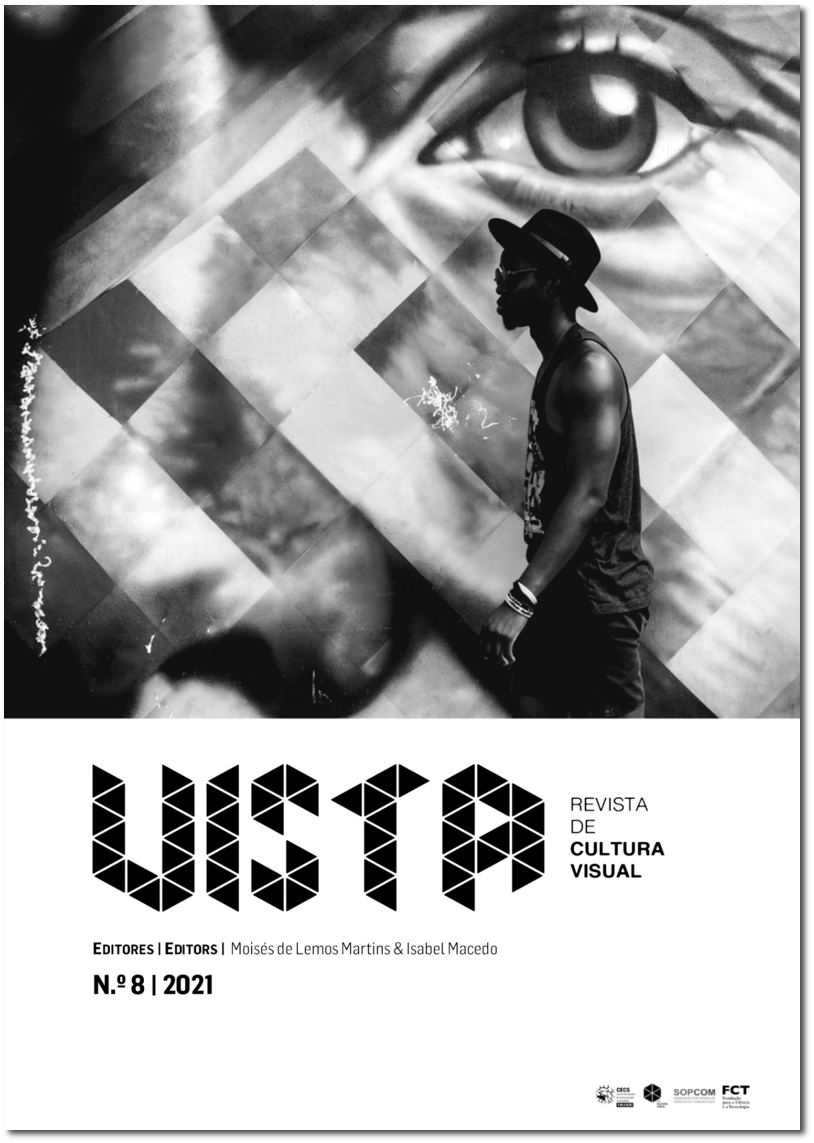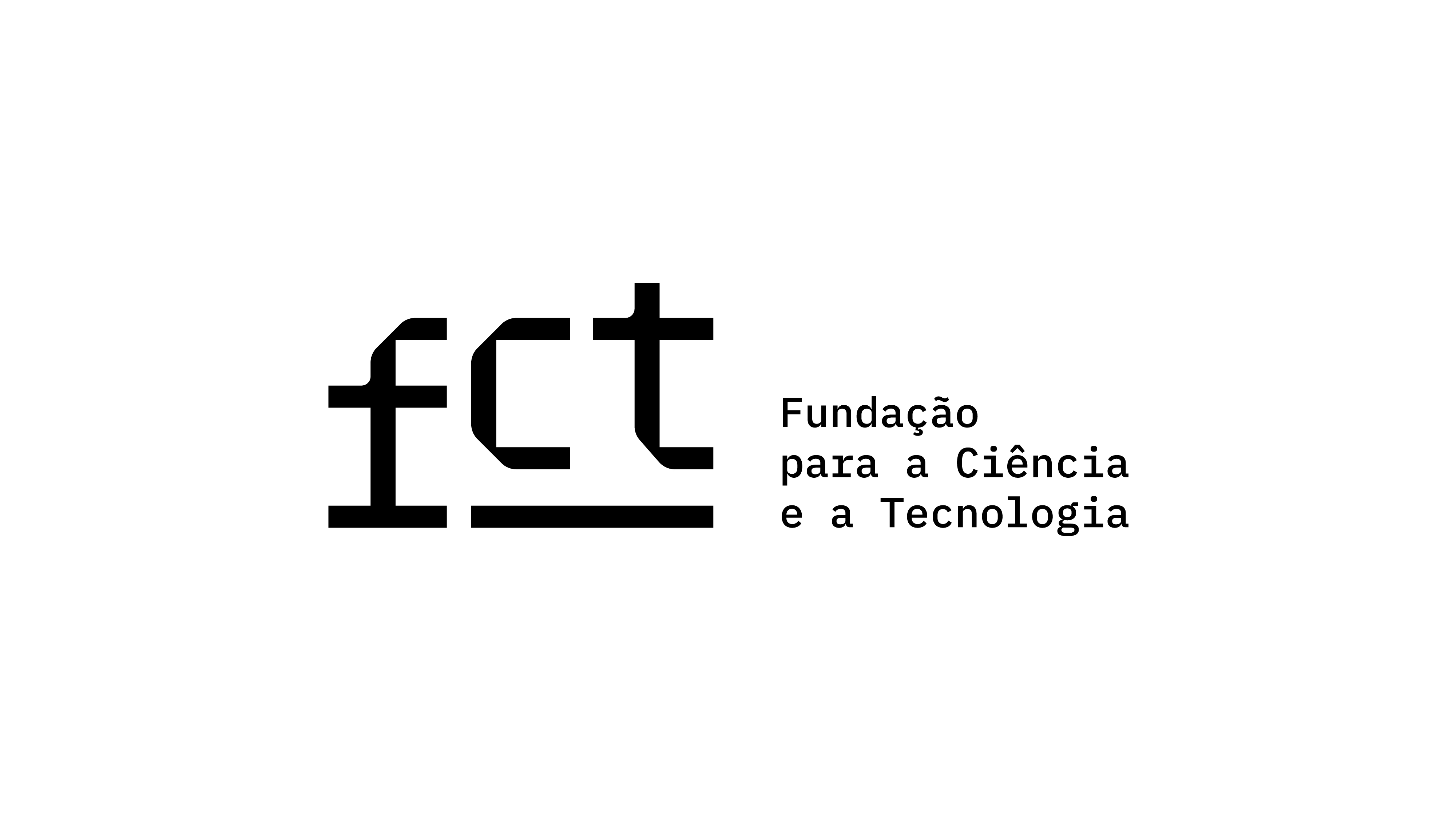"Suddenly, Hope": Semiotic Analysis of a News Magazine Front Cover, The Economist
DOI:
https://doi.org/10.21814/vista.3522Keywords:
front cover, image, colour semiotics, sign theory, The EconomistAbstract
In this work, we propose to analyse, from a semiotic point of view, the front cover of the news magazine, The Economist, released in November 2020, entitled “Suddenly, Hope”. The basis of our analyses was the sign triadic conception inspired by Charles Peirce (1960), including Saussure’s (1916/2006) demonstration, that each sign is linked to the signifier and signified structure and that these dimensions cannot be considered on their own. It is important to mention that the argument that was privileged was the notion that meaning is only produced in specific conditions of time, space and interlocution. Taking into consideration these conceptions, the colour portrayed in The Economist front cover was identified as the principal element of analysis. Goethe (1810/1840) presented colour as the main element of human perception, with the capacity to induce a significative effect in the message receptor soul, or the interpretant, to use Peirce's (1960) terminology in the conception of a sign. The image represented on the front cover of The Economist takes us to the actual social context, the pandemic caused by the SARS-CoV-2 virus. The front cover of The Economist also compares to the liminality theory of Victor Turner (1969/1974). The crossing of the tunnel can be compared to a rite of passage so that society can become a better one.
Downloads
References
Barthes, R. (1964). Rhétorique de l’image. Communications, (4), 40–51.
De Chamfort, S.-R. N. (1824). Oeuvres complètes De Chamfort (Vol. II). Chaumerot Jeune, Libraire.
Farias, P. L., & Queiroz, J. (2017). Visualizando signos. Blucher. https://doi.org/10.5151/9788580392746
Farina, M., Perez, C., & Bastos, D. (2006). Psicodinâmicadas cores em comunicação. Blucher.
Fazenda, C. (2001). O sentido da cor: Uma investigação interdisciplinar [Tese de doutoramento, Universidade de São Paulo] .http://carlafazenda.com/wp-content/uploads/2017/04/tese2001-2.pdf
From the corn laws to your mailbox. (2007, 30 de janeiro). The MIT PressLog. https://mitpress.typepad.com/mitpresslog/2007/01/from_corn_laws_.html
Gerger, G., Leder, H., & Kremer, A. (2014). Context effects on emotional and aesthetic evaluations of artworks and IAPS pictures. Acta Psychologica, 151, 174–183 .https://doi.org/10.1016/j.actpsy.2014.06.008
Goethe, J. W. von. (1840). Goethe’s theory of colours: Translated from the German, with notes (C. L. Eastlake, Trad.). John Murray (Trabalho original publicado em 1810)
Goethe, J. W. von. (1993). Doutrina das cores (M. Giannotti, Trad.). Editora Nova Alexandria. (Trabalho original publicado em 1810)
Huang, Y., Yang, C., Xu, X.-f., Xu, W., & Liu, S.-w. (2020). Structural and functional properties of SARS-CoV-2 spike protein: Potential antivirus drug development for covid-19. Acta Pharmacologica Sinica, 41(9), 1141–1149. https://doi.org/10.1038/s41401-020-0485-4
Hubard, O. M. (2015). How does this artwork make you feel? A “no-no” question in art museum education? The Journal of Aesthetic Education, 49(2), 82–98. https://doi.org/10.5406/jaesteduc.49.2.0082
Kandinsky, W. (1969). Le spirituel dans l'art, et et dans la peinture en particulier. Denöel.
Letko, M., Marzi, A., & Munster, V. (2020). Functional assessment of cell entry and receptor usage for SARS-CoV-2 and other lineage Bbetacoronaviruses. Nature Microbiology, 5, 562–569. https://doi.org/10.1038/s41564-020-0688-y
Martins, M. L. (2002). Linguagem e interacção social. In J. B. de Miranda & J. F. da Silveira (Eds.), As ciências da comunicação na viragem do século - Actas I Congresso da Associação Portuguesa de Ciências da Comunicação (pp. 1024–1026). Vega.
Martins, M. L. (2011). Crise no castelo da cultura: Das estrelas para os ecrãs. Grácio Editor. http://hdl.handle.net/1822/29167
Martins, M. L. (2017). A linguagem, a verdade e o poder. Ensaio de semiótica social. Húmus. http://hdl.handle.net/1822/48230
Moura, C. (2011). Signo, desenho e desígnio - Para uma semiótica do design [Tese de doutoramento, Universidade da Beira Interior]. uBibliorum. http://hdl.handle.net/10400.6/4410
Goethe, J. W. von. (1840). Goethe’s theory of colours: Translated from the German, with notes (C. L. Eastlake, Trad.). John Murray (Trabalho original publicado em 1810)
Neiva, E. (1993). Imagem, história e semiótica. Anais do Museu Paulista: História e Cultura Material,1(1), 11–29.https://doi.org/10.1590/S0101-47141993000100002
Peirce, C. S. (1960). Collected papers of Charles Sanders Peirce. Belknap Press; Harvard University Press.
Pereira, C. (2011). A cor como espelho da sociedade e da cultura: Um estudo do sistema cromático do design de embalagens de alimentos [Tese de doutoramento, Universidade de São Paulo]. Biblioteca Digital USP. https://teses.usp.br/teses/disponiveis/16/16134/tde-19082013-111907/publico/carlapereira.pdf
Santaella, L. (2005). Semiótica aplicada. Pioneira Thomson Learning.
Saussure, F. (2006). Curso de linguística geral (A. Cehelini, J. Paes, & I. Blikstein, Trad.). Cultrix. (Trabalho original publicado em 1916)
Suddenly, hope. (2020, 12 de novembro). The Economist. https://www.economist.com/weeklyedition/2020-11-14
The Economist. (s.d.). Editorial directory. https://mediadirectory.economist.com/people/zanny-minton-beddoes/
Turner, V. (1974). The ritual process, structure and anti-structure (N. Castro, Trad.). Vozes. (Trabalho original publicado em 1969)
Downloads
Published
How to Cite
Issue
Section
License
Copyright (c) 2021 Cláudia M. Botelho, Moisés de Lemos Martins

This work is licensed under a Creative Commons Attribution 4.0 International License.
Authors own the copyright, providing the journal with the right of first publication. The work is licensed under a Creative Commons Attribution 4.0 International License.













